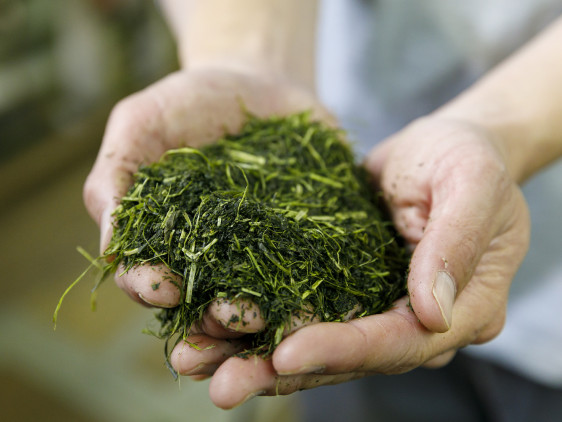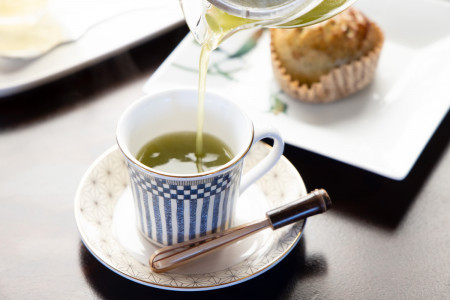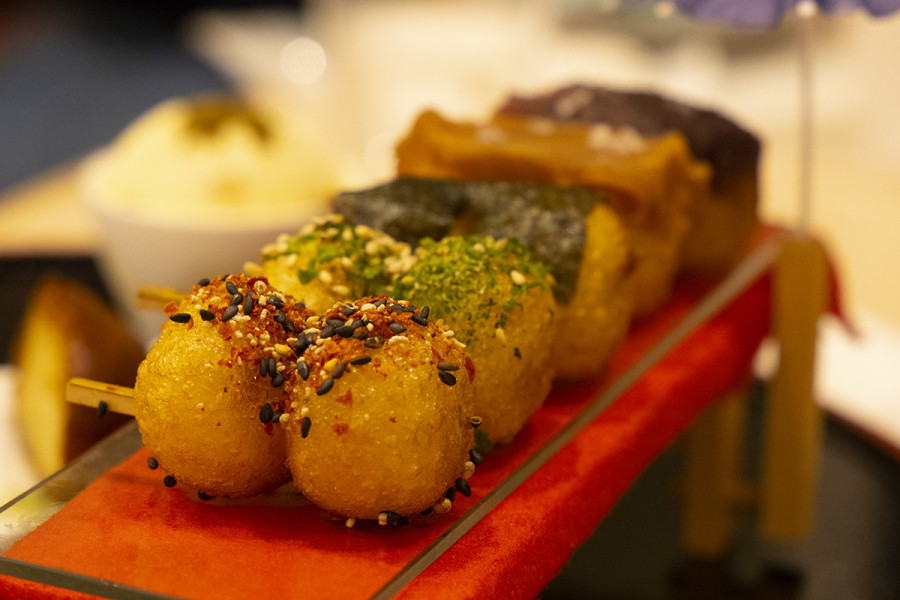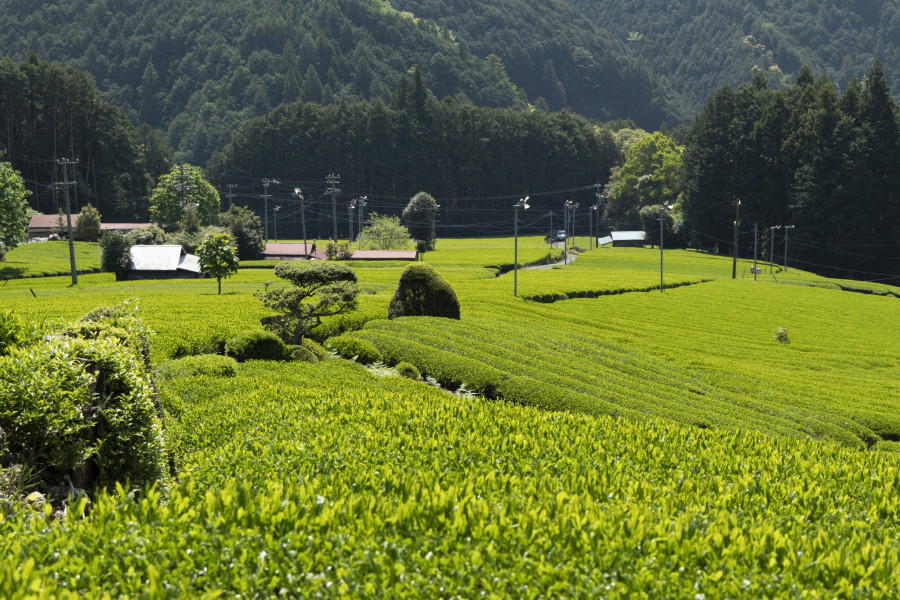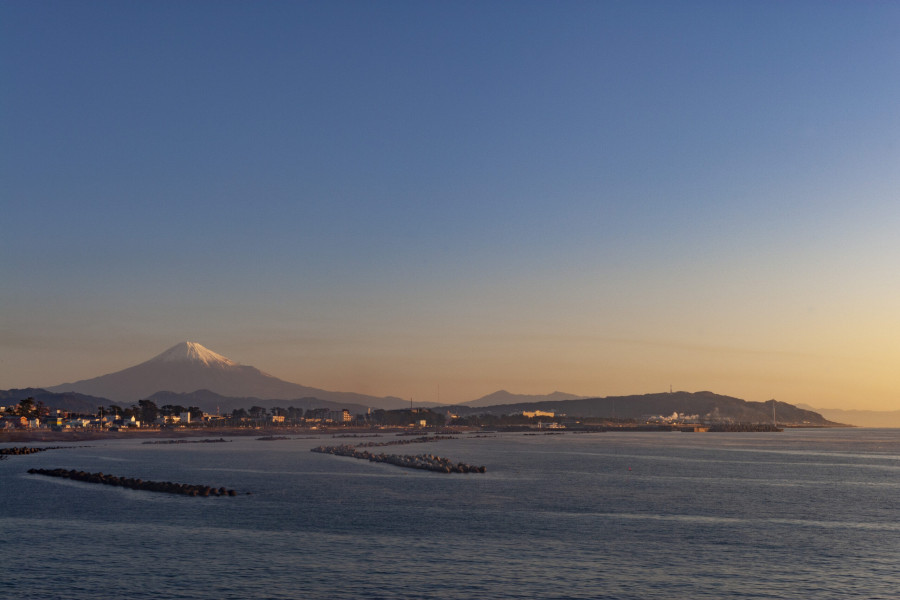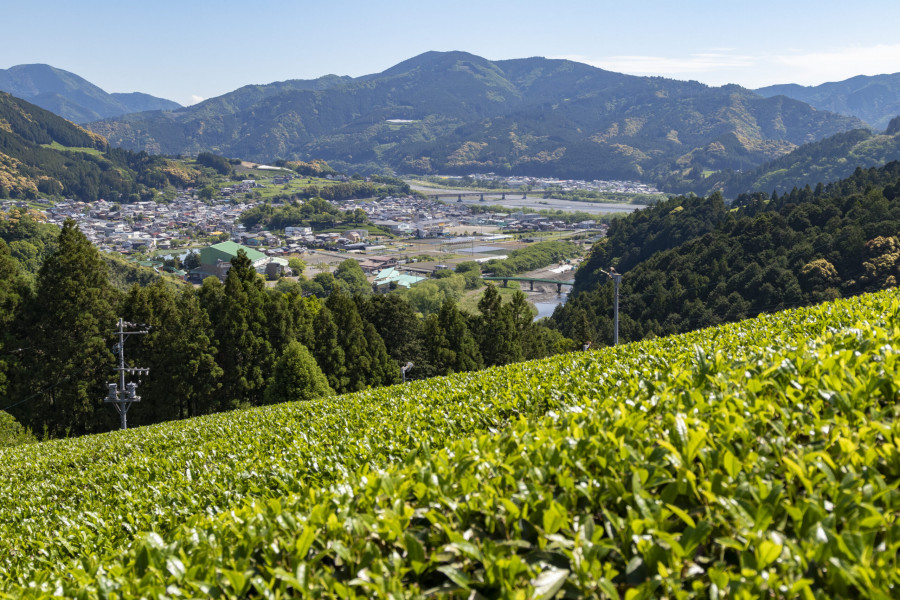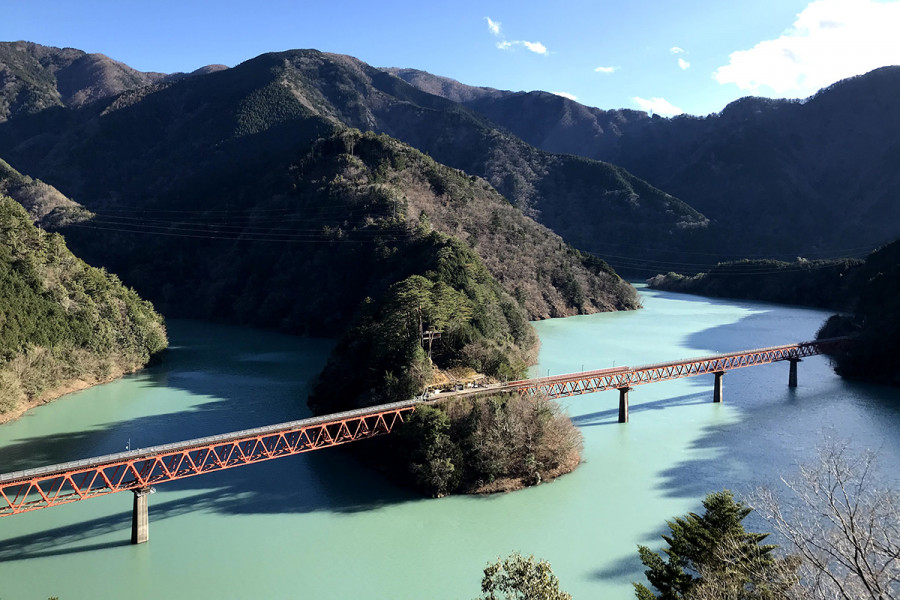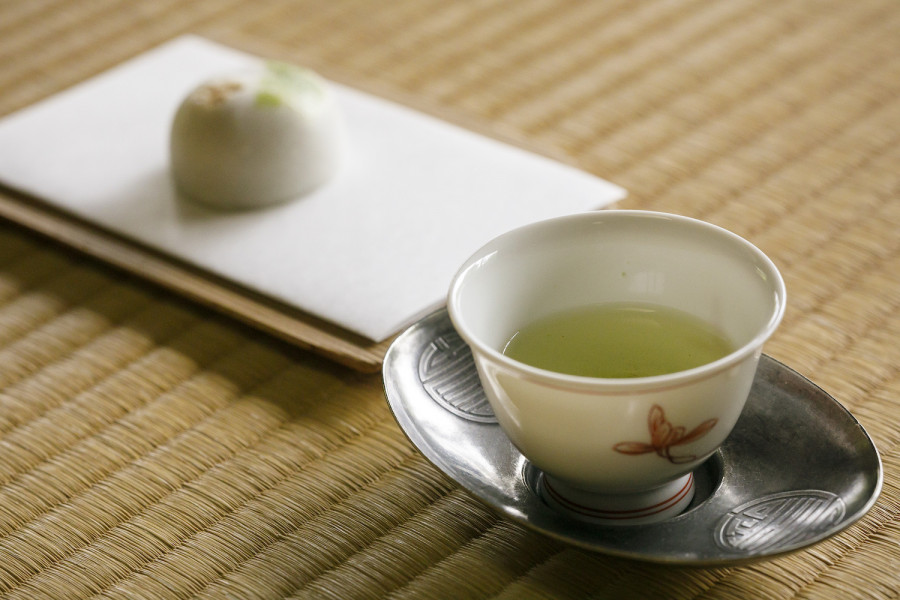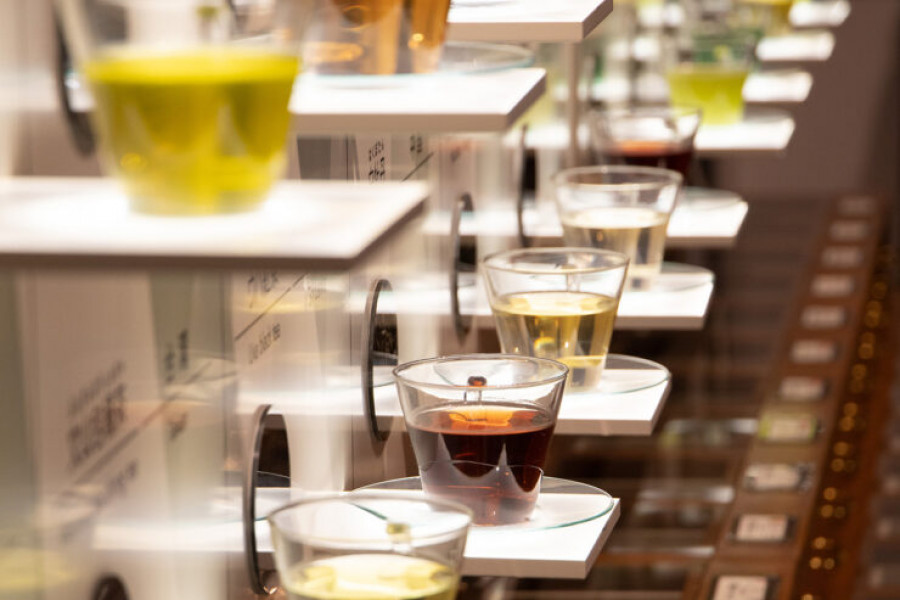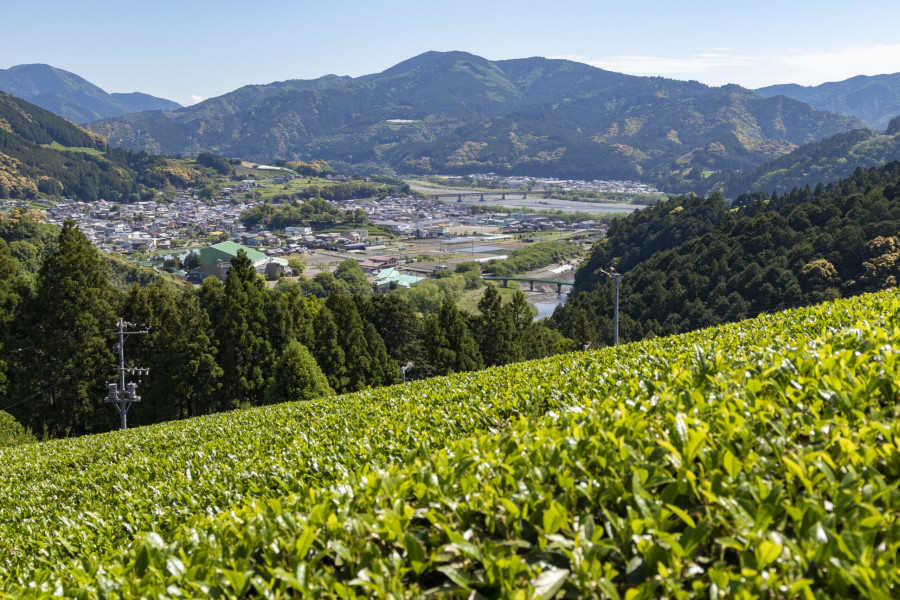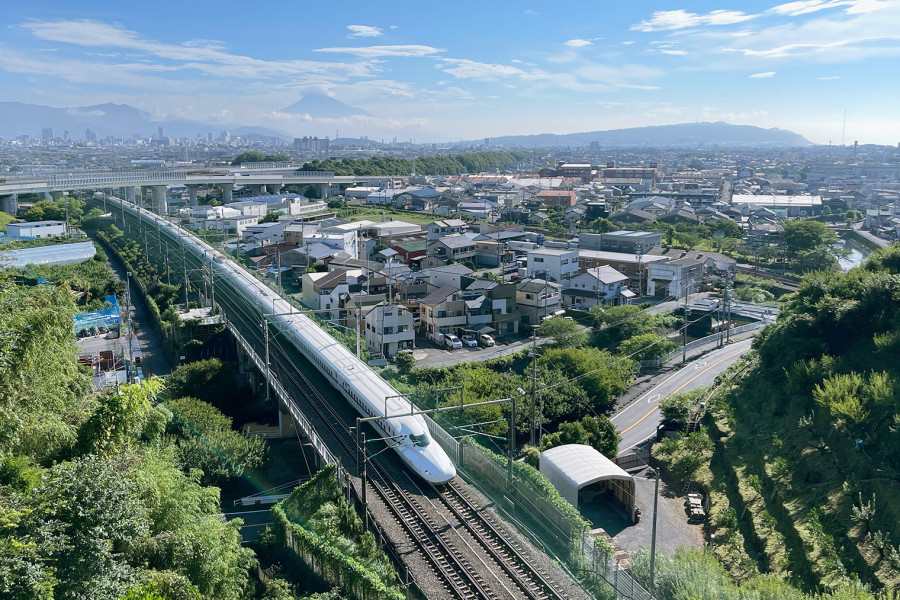Shizuoka’s Suruga area is the perfect tea-growing utopia and is a land renowned for its high-quality tea. Everything comes together in perfect harmony to create, arguably, the best green tea in Japan. From the climate to the soil and water, each area of this region provides a tea-growing haven. These variables have come together to produce some of the most famous green tea in Japan.
Why is tea from Suruga the best?
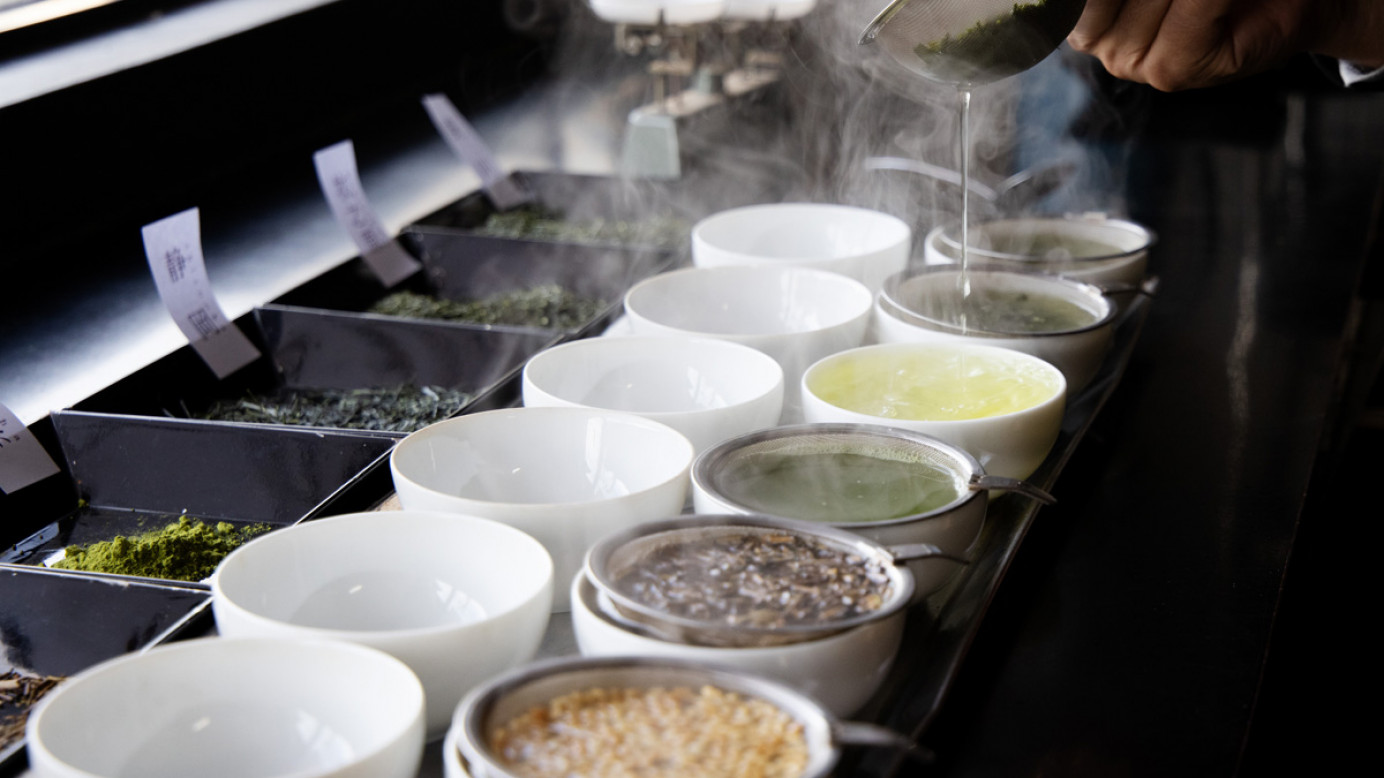
Suruga tea is Shizuoka’s major cash crop—and it’s no wonder that the tea from this region is beloved. Suruga’s tea industry accounts for 40% of all the tea production in Japan. With green tea farms dating as far back as 1241, the tea here skyrocketed to popularity during the second-half of the Edo period thanks to a former retainer of the shogun recognizing the trade potential.
With the ideal climate and water quality for superb tea production—not to mention closeness to major ports—the gods of tea have truly smiled upon Suruga.
Varieties of Shizuoka-cha
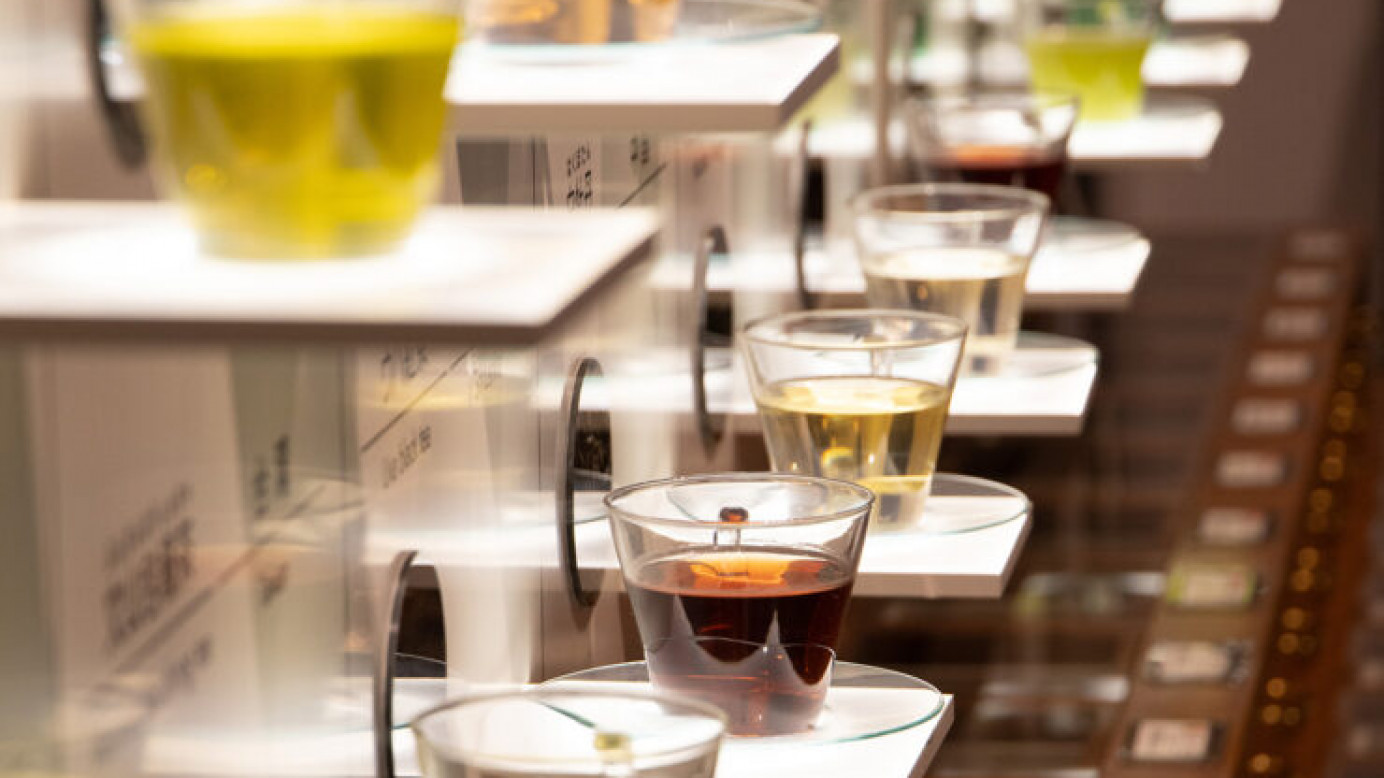
Considered by many to be one of the three great teas of Japan, collectively, tea from Shizuoka is simply called Shizuoka-cha, or Shizuoka tea. However, within that umbrella term, there are more variants of tea depending on where or how they’re grown. Discover each special variety and find the flavor that suits you best.
Kakegawa-cha
Kakegawa-cha from Kakegawa City accounts for 10% of Shizuoka-cha. Farmed by a unique tea-grass integration system, Kakegawa-cha has won the Area Award in the National Tea Competition of Japan for 23 years in a row. This tea brand is also one of the leaders of quality Fukamushi-Sencha—a sweet, full-bodied tea resulting from leaves steamed two to three times longer than regular sencha.
Honyama-cha
History fanatics will love trying Honyama-cha from the Abegawa and Warashina rivers of Shizuoka. This tea brand was beloved by Ieyasu Tokugawa, the first shogun who unified Japan during the Warring States Period. With mineral-rich soil and curtain-like river fog, the tea leaves are nurtured by the natural surrounding and ecosystem. Honyama-cha is also believed to be the oldest of the Shizuoka-cha with more than 800 years of history.
Kawane-cha
Produced in Kawane-Honcho in the middle of Shizuoka, Kawane-cha must be 100% made from tea leaves grown in Kawane—if it contains any other percentage of leaves it will be called a Kawane-cha blend. With such strict naming in place, you can be sure of the quality when you try this high-altitude tea. The flavor has a sophisticated bitterness to it and is also called the Darjeeling of Japan.
Tenryu-cha
Blessed by the nature of the Tenryu River area, tea from the mountainous environment is a high-end tea. This mild-flavored tea is easy to enjoy no matter your level of green tea experience. Many of the green teas in Japan feature a bitter flavor in their profile; however, when steeped correctly, Tenryu-cha doesn’t have such bitterness.
Makinohara-cha
From the Makinohara area, Makinohara-cha displays a powerful taste with undertones of fruity sweetness. It’s another nationally regarded tea brand from Shizuoka that is known all over Japan. Makinohara-cha is also renowned for its subtle umami.
